My life in colour: Paloma Picasso recaptures the glamour of 1980s New York for Tiffany & Co
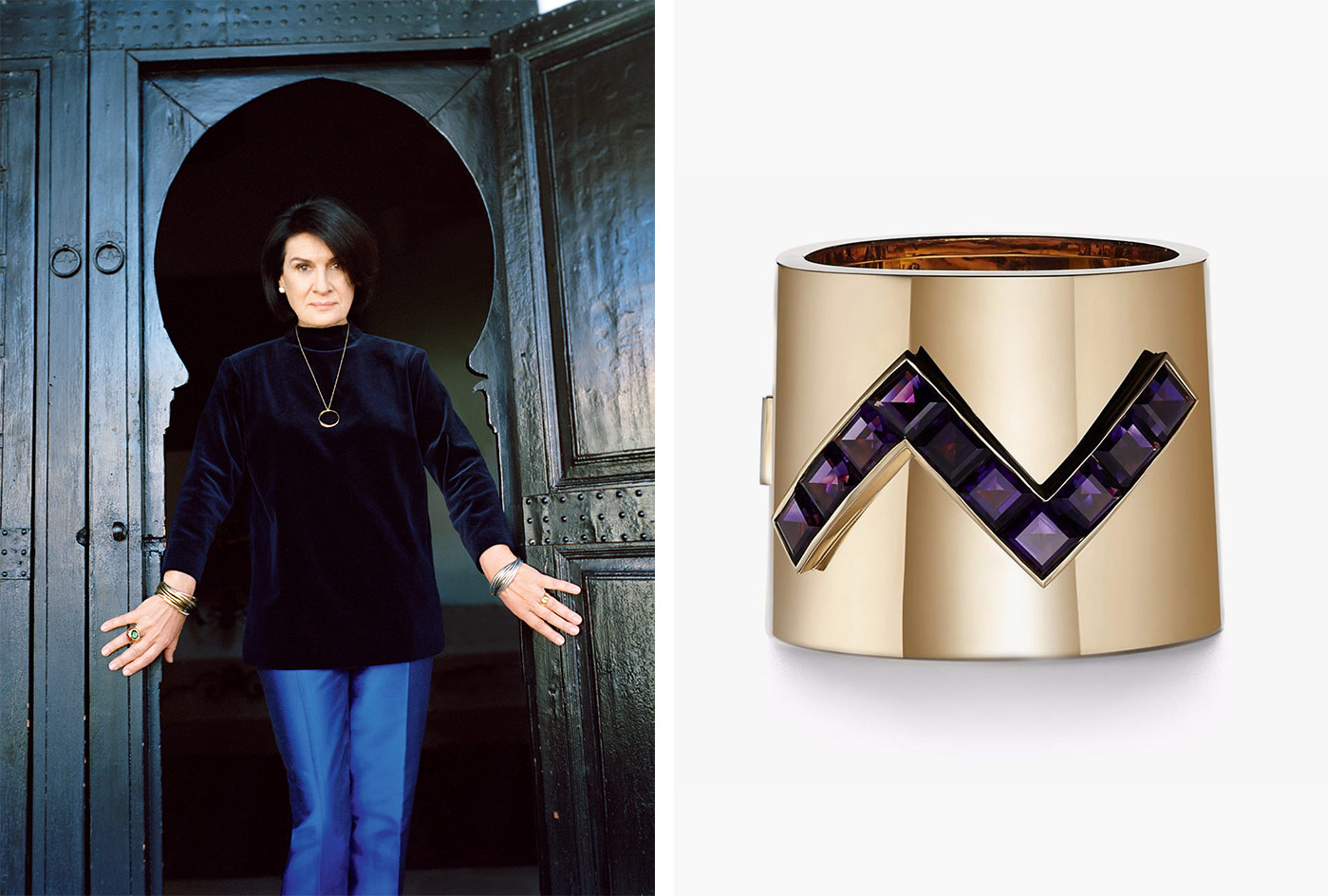
‘I really only like big gems, strong colours, big rings and big jewels. Art was a language spoken around me all the time when I was growing up, so colour is a natural preoccupation, my number one priority. It’s what makes me tick,’ so said Paloma Picasso.
The designer was appointed Tiffany designer in 1980 and has worked for the New York jeweller ever since. This month, she returns to the era she did much to define, casting her chromatic eye across Paloma’s Studio Collection of bold-gem rings and cuffs. The designs shimmer with all the glamour, wit and style of her social circle at the time – Warhol, Saint Laurent and Capote, among it.
‘The 1980s was such a great time. I was very much part of that New York scene that people were looking at, to see what direction to go in and I wanted my image to portray what I was feeling,' the designer tells us on her recent trip to London.
‘Someone took a Polaroid of me and my skin looked very white, my eyes, eyebrows and beauty spot very black and my lips very red. The face disappeared and the eyes and lips popped. The Polaroid contrasts made me look fabulous – I had found my look.’
The Tiffany appointment, then, was a shrewd move on all sides. Not least because Picasso came to New York fresh from her home city of Paris. ‘When I got to New York, I was shocked that it was filled with old buildings. I thought the city would be a completely majestic, art deco environment, all big buildings on a small island.’
It was the underside of New York life, the undiscovered landscape, that set her imagination alight, as Picasso connected with the downtown energy of Keith Haring, graffiti art and the grimy neon city lights. Picasso distilled all that she saw and became a pioneer of street art-inspired commercial design. She imagined illegal art as a fine one, creating gold criss-cross or heart motifs in her 1983 ‘Graffiti’ collection. The new collection of graphic rings and cuffs is a deliberate riff on these 1980s designs, with bold paths of emerald-cut stones designed to create nothing less than a powerful presence on the body.
‘There is a dialogue between you and your jewels,’ Picasso says. ‘I created these pieces so that you are able to see the colour as you wear them. But they are also infused with all the other things I discover every day – museum visits, concerts, music, listening to Grace Jones. I've known Grace since the 1980s, and saw her perform at Montreux Jazz Festival last year. She is still so good at being fabulous.’
Today, as a sparkling seam of 1980s cultural references continues to wind its way through a spectrum of creative disciplines, who wouldn’t want a muse as fabulously in tune as Paloma Picasso to lead the way?
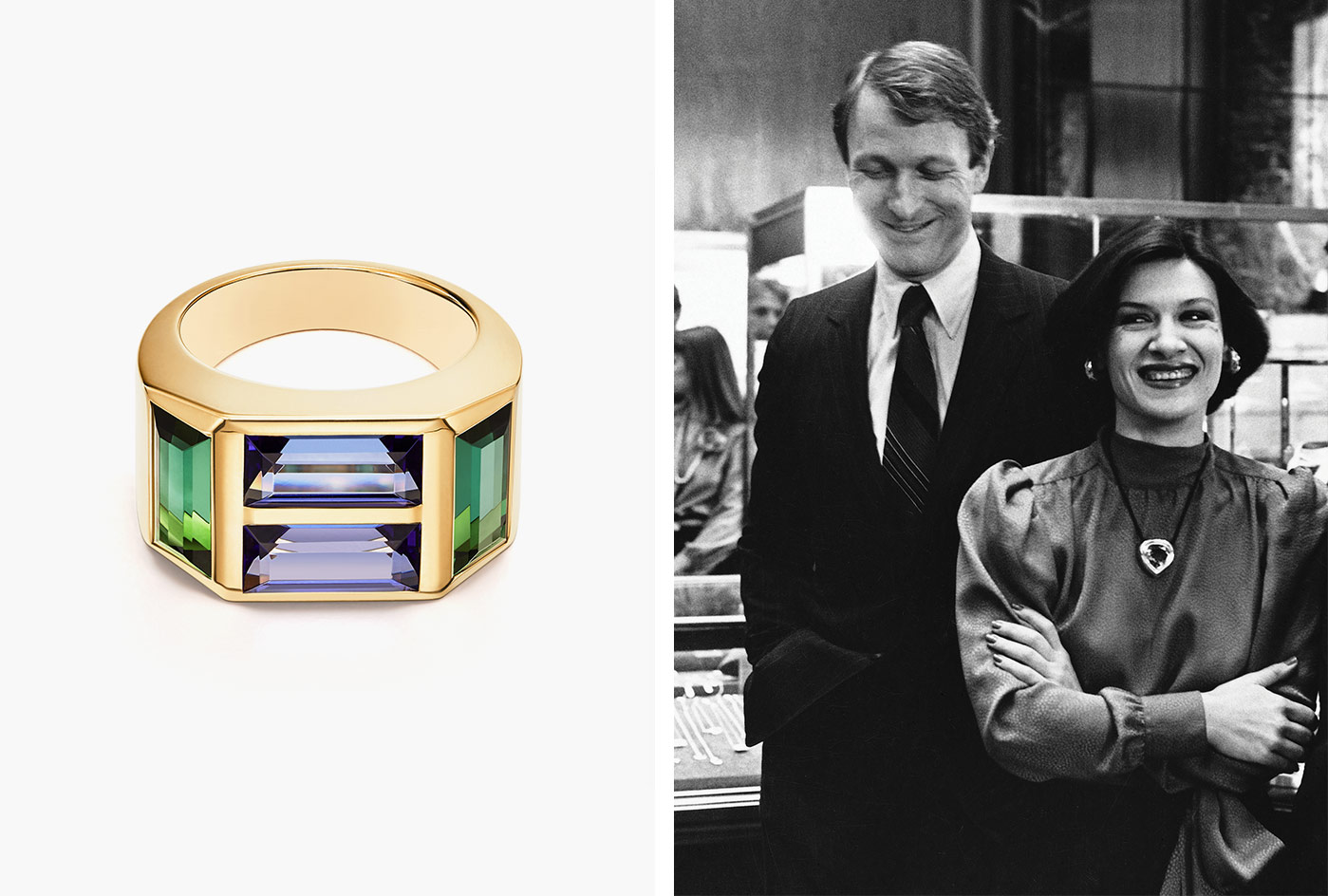
Left, ‘Paloma’s Studio’ baguette ring in gold with tanzanite and green tourmalines. Right, Paloma Picasso & former Tiffany & Co. design director John Loring in 1980 at the Tiffany Flagship Store in New York.
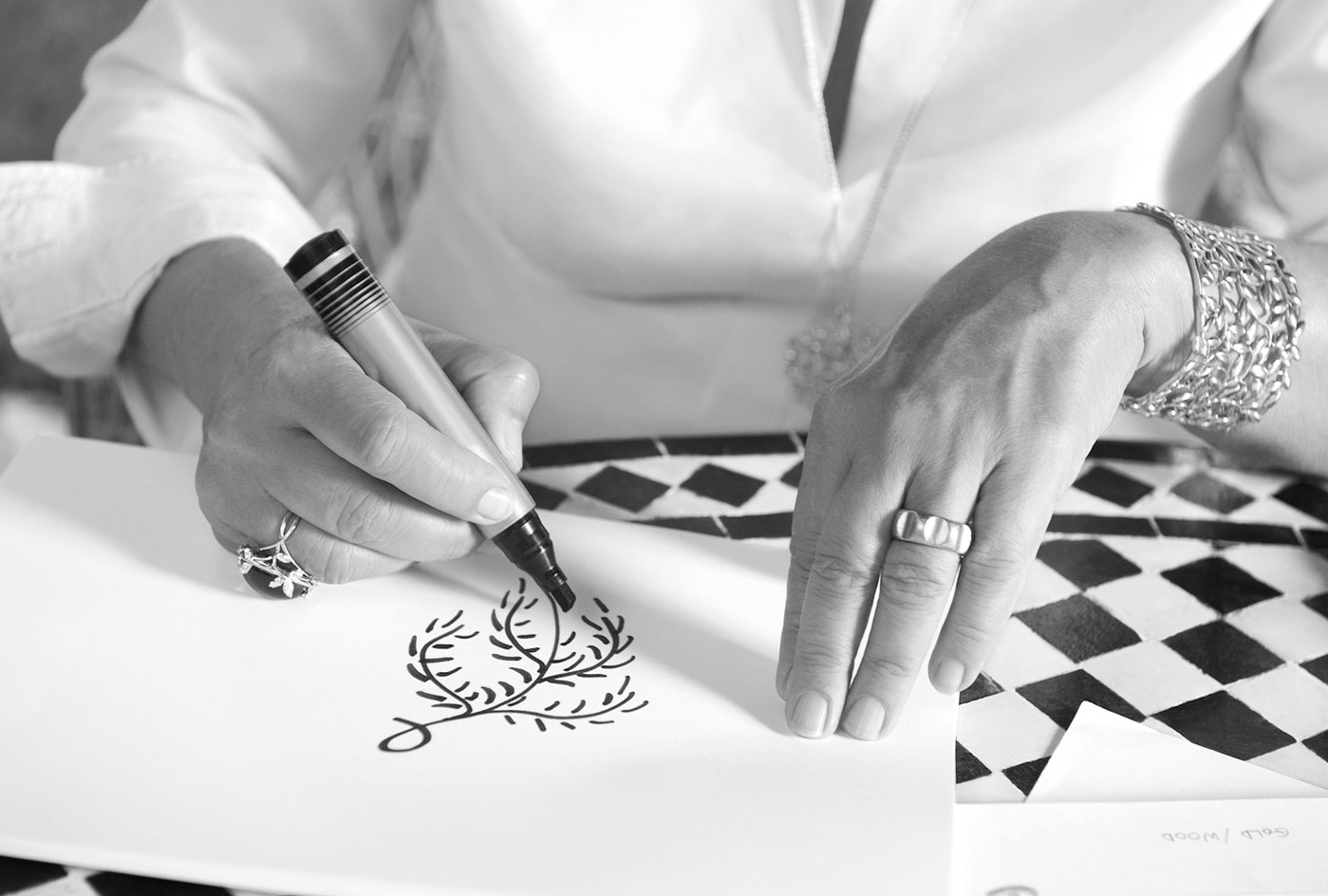
Paloma Picasso sketching one of her Olive Leaf designs for Tiffany & Co. in her garden in Marrakesh, 2013.
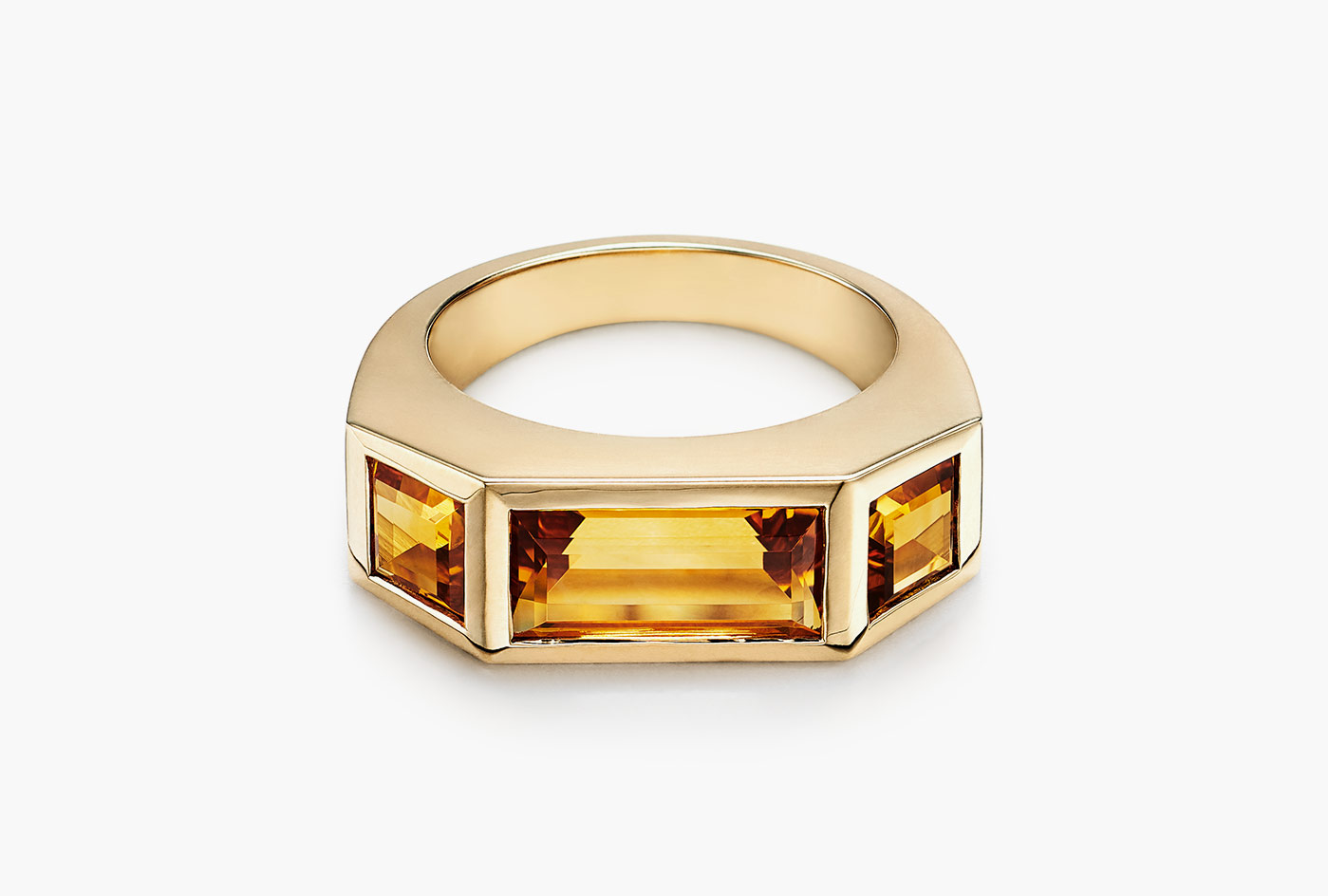
‘Paloma’s Studio’ baguette ring in gold with citrines.
INFORMATION
The Paloma Studio Collection for Tiffany & Co consists of 25 pieces.
For more information, visit the Tiffany & Co website
Wallpaper* Newsletter
Receive our daily digest of inspiration, escapism and design stories from around the world direct to your inbox.
Caragh McKay is a contributing editor at Wallpaper* and was watches & jewellery director at the magazine between 2011 and 2019. Caragh’s current remit is cross-cultural and her recent stories include the curious tale of how Muhammad Ali met his poetic match in Robert Burns and how a Martin Scorsese Martin film revived a forgotten Osage art.
-
 Ligne Roset teams up with Origine to create an ultra-limited-edition bike
Ligne Roset teams up with Origine to create an ultra-limited-edition bikeThe Ligne Roset x Origine bike marks the first venture from this collaboration between two major French manufacturers, each a leader in its field
By Jonathan Bell
-
 The Subaru Forester is the definition of unpretentious automotive design
The Subaru Forester is the definition of unpretentious automotive designIt’s not exactly king of the crossovers, but the Subaru Forester e-Boxer is reliable, practical and great for keeping a low profile
By Jonathan Bell
-
 Sotheby’s is auctioning a rare Frank Lloyd Wright lamp – and it could fetch $5 million
Sotheby’s is auctioning a rare Frank Lloyd Wright lamp – and it could fetch $5 millionThe architect's ‘Double-Pedestal’ lamp, which was designed for the Dana House in 1903, is hitting the auction block 13 May at Sotheby's.
By Anna Solomon
-
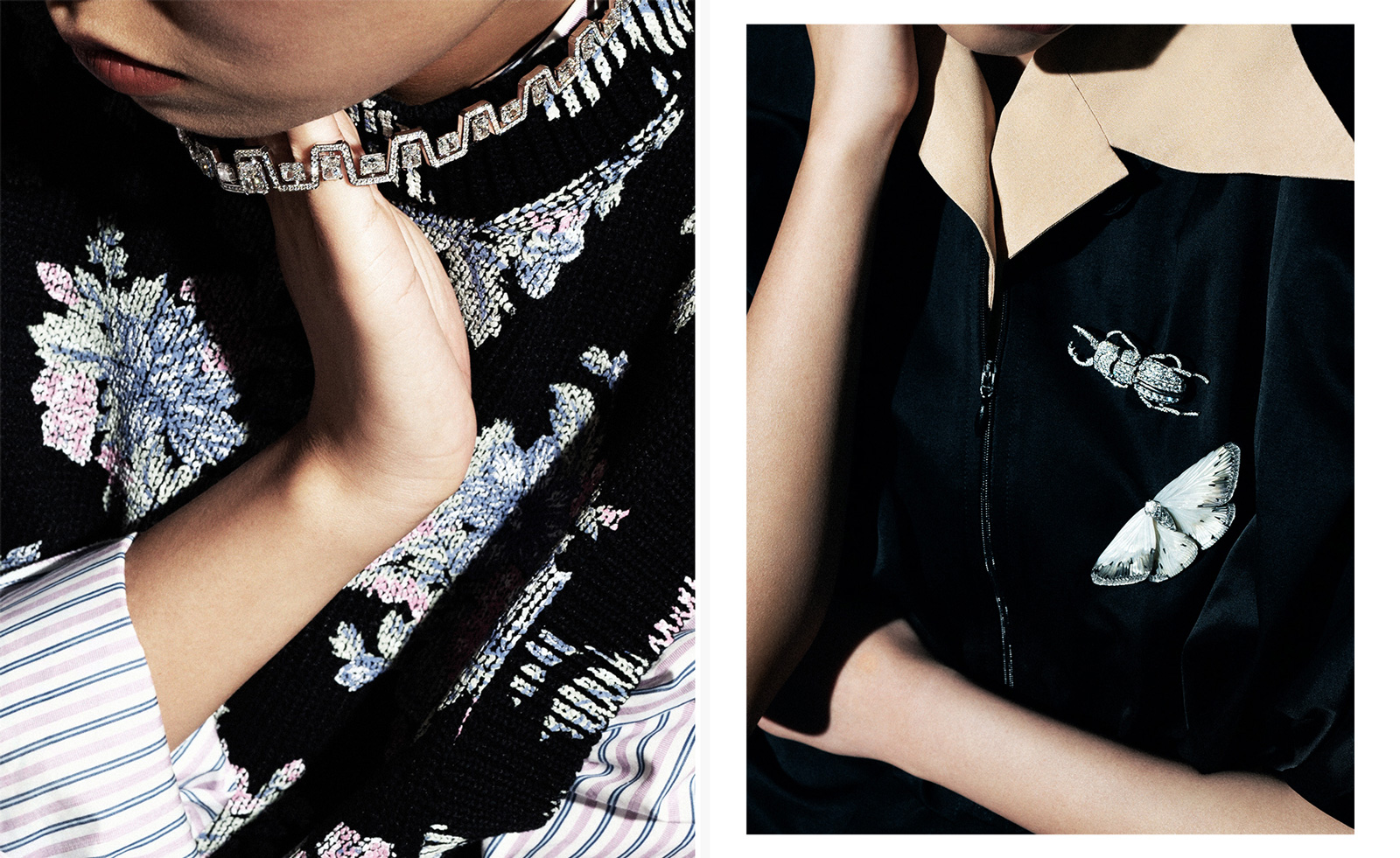 Dazzling high jewellery for statement dressers
Dazzling high jewellery for statement dressersIntricate techniques, bold precious stones and designs unite in these exquisite high jewellery pieces
By Hannah Silver
-
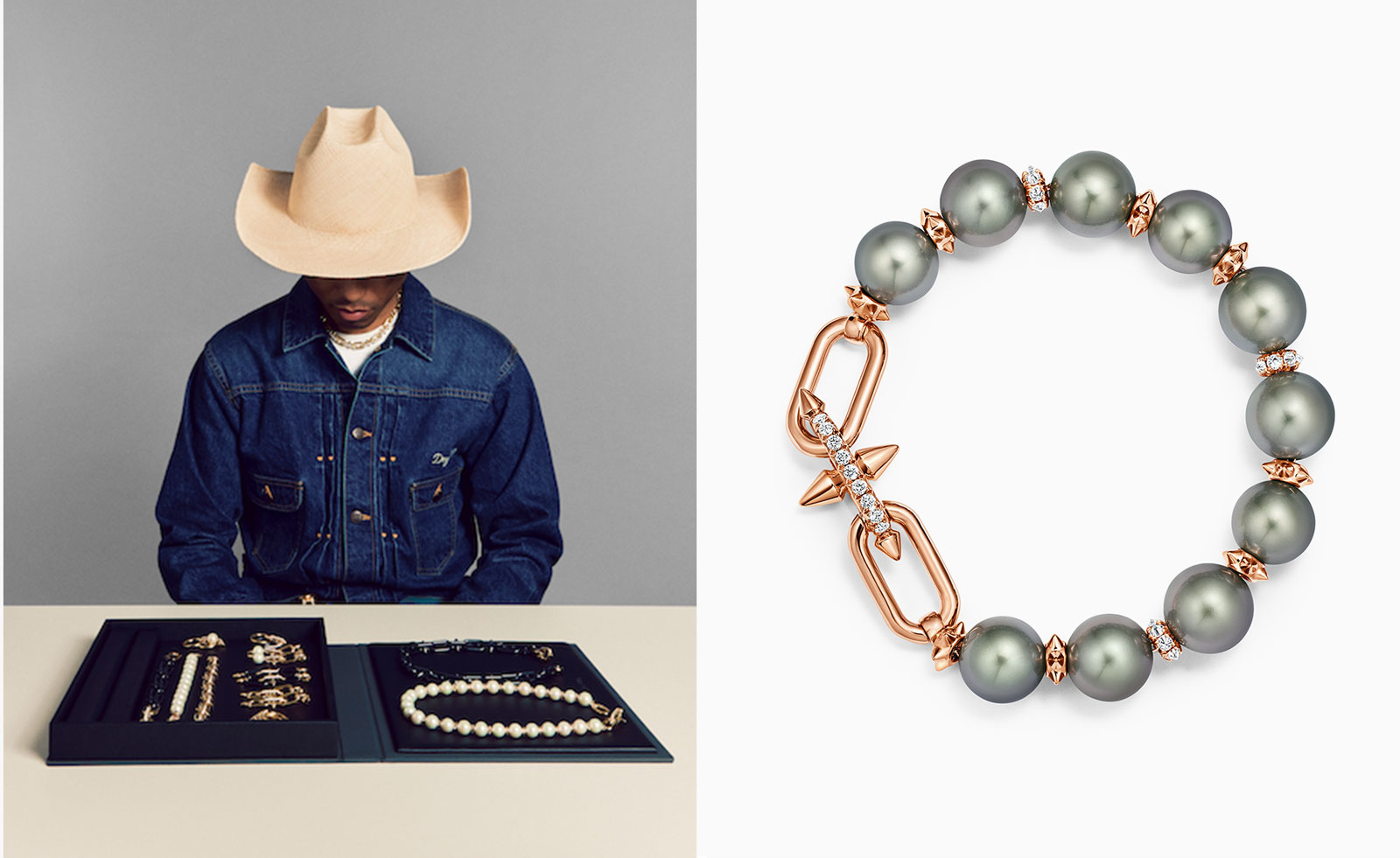 Pharrell Williams and Tiffany & Co put Tahitian pearls and diamonds in the spotlight
Pharrell Williams and Tiffany & Co put Tahitian pearls and diamonds in the spotlightTwo new jewellery collections combine Tiffany & Co’s inventive craftsmanship with the creative vision of Pharrell Williams
By Anne Soward
-
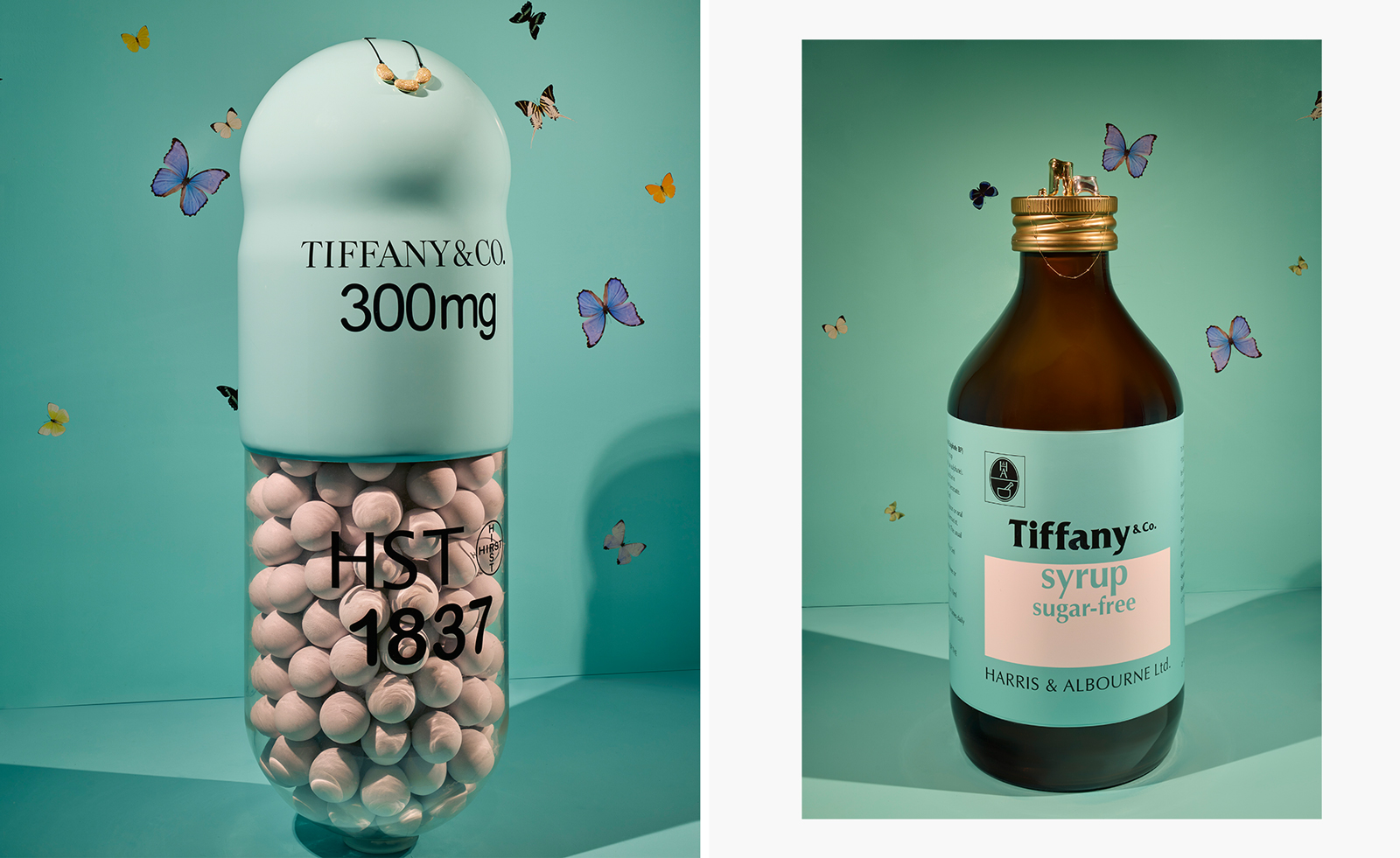 Art takes London: Tiffany & Co, Damien Hirst and artists take over Selfridges' windows
Art takes London: Tiffany & Co, Damien Hirst and artists take over Selfridges' windowsFour British contemporary artists celebrate Tiffany & Co's pioneering history with a series of storied window displays
By Anne Soward
-
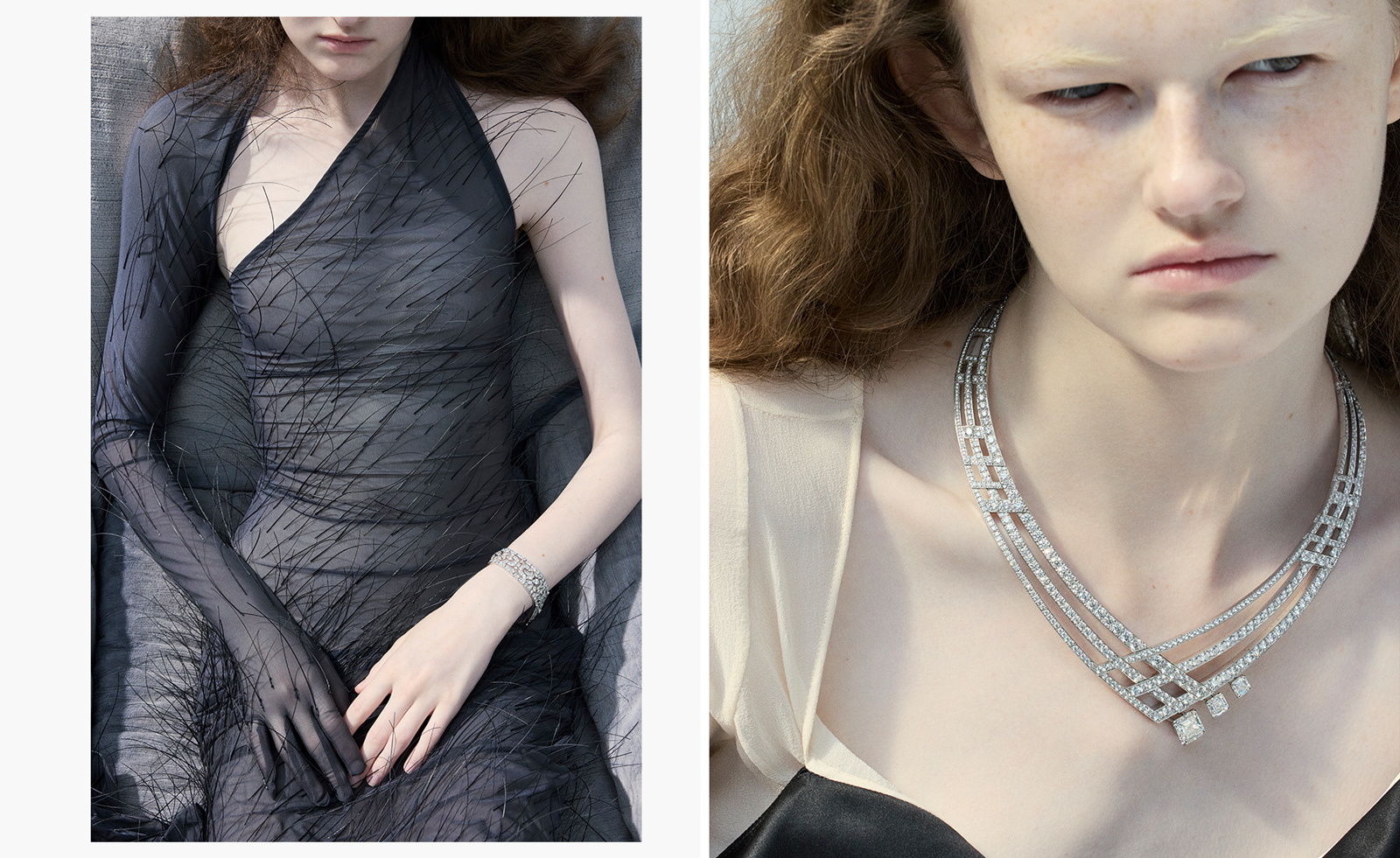 Wild beauties: high jewellery dripping with drama
Wild beauties: high jewellery dripping with dramaThe latest high jewellery collections are fantastic and flamboyant, drawing on a wealth of influences, from a Chopin composition and César Ritz to crocodiles and colour refraction
By Hannah Silver
-
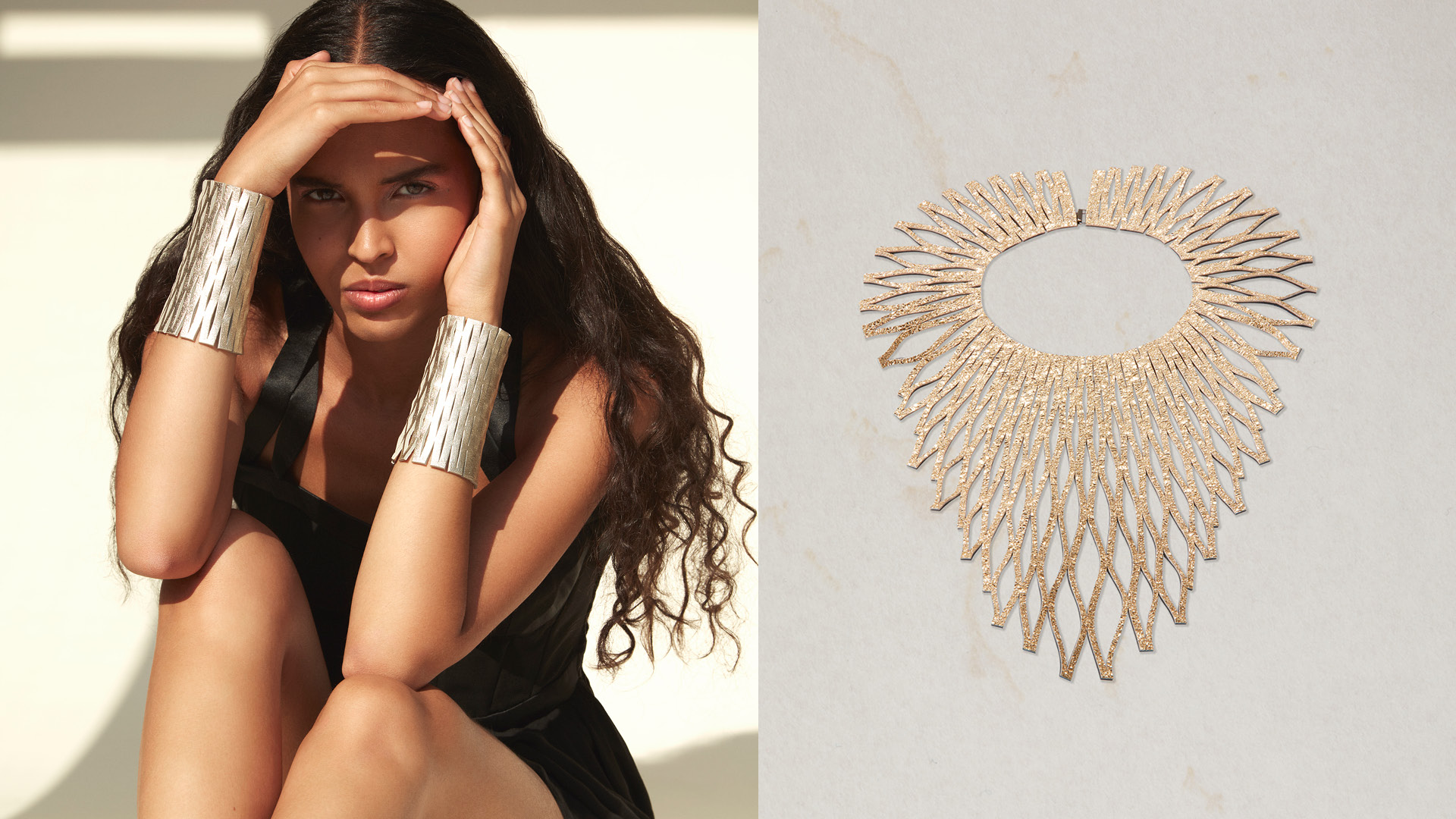 Late summer jewels: what to wear at Golden Hour
Late summer jewels: what to wear at Golden HourLate summer signals a jewellery style-shift. These independent designers have got it covered
By Caragh McKay
-
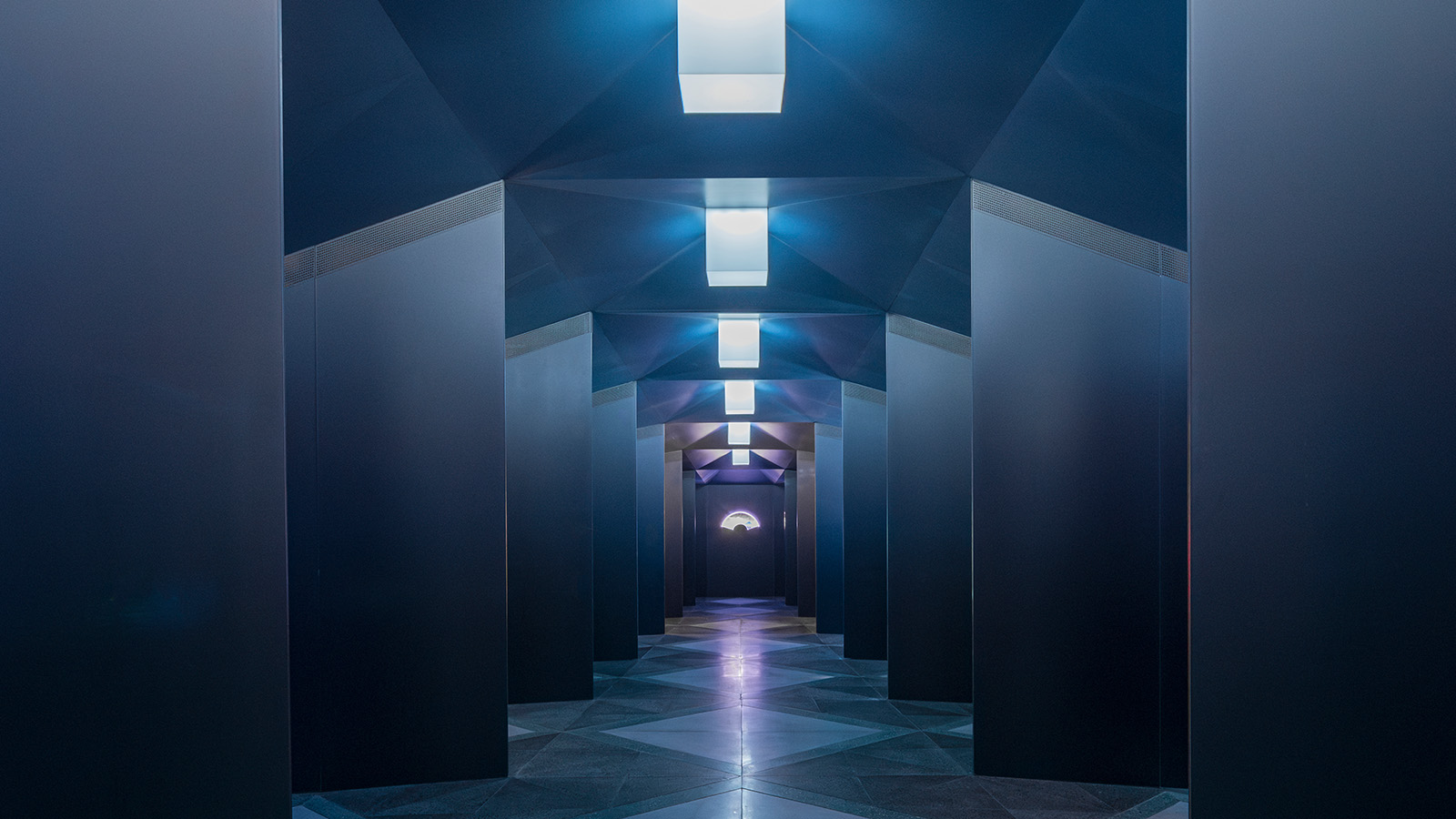 Tiffany Wonder in Tokyo is ‘intimate, cinematic and refined’
Tiffany Wonder in Tokyo is ‘intimate, cinematic and refined’‘Tiffany Wonder’, an exhibition at Tokyo Node Gallery, is a sparkling journey through the history of Tiffany & Co, designed by architects OMA
By Danielle Demetriou
-
 All smiles: How a grillz jewellery making class in London became an international hit
All smiles: How a grillz jewellery making class in London became an international hitWhat started as a passion project quickly exploded in popularity. We get the story behind the grillz-making workshop at Cockpit London
By Elisa Anniss
-
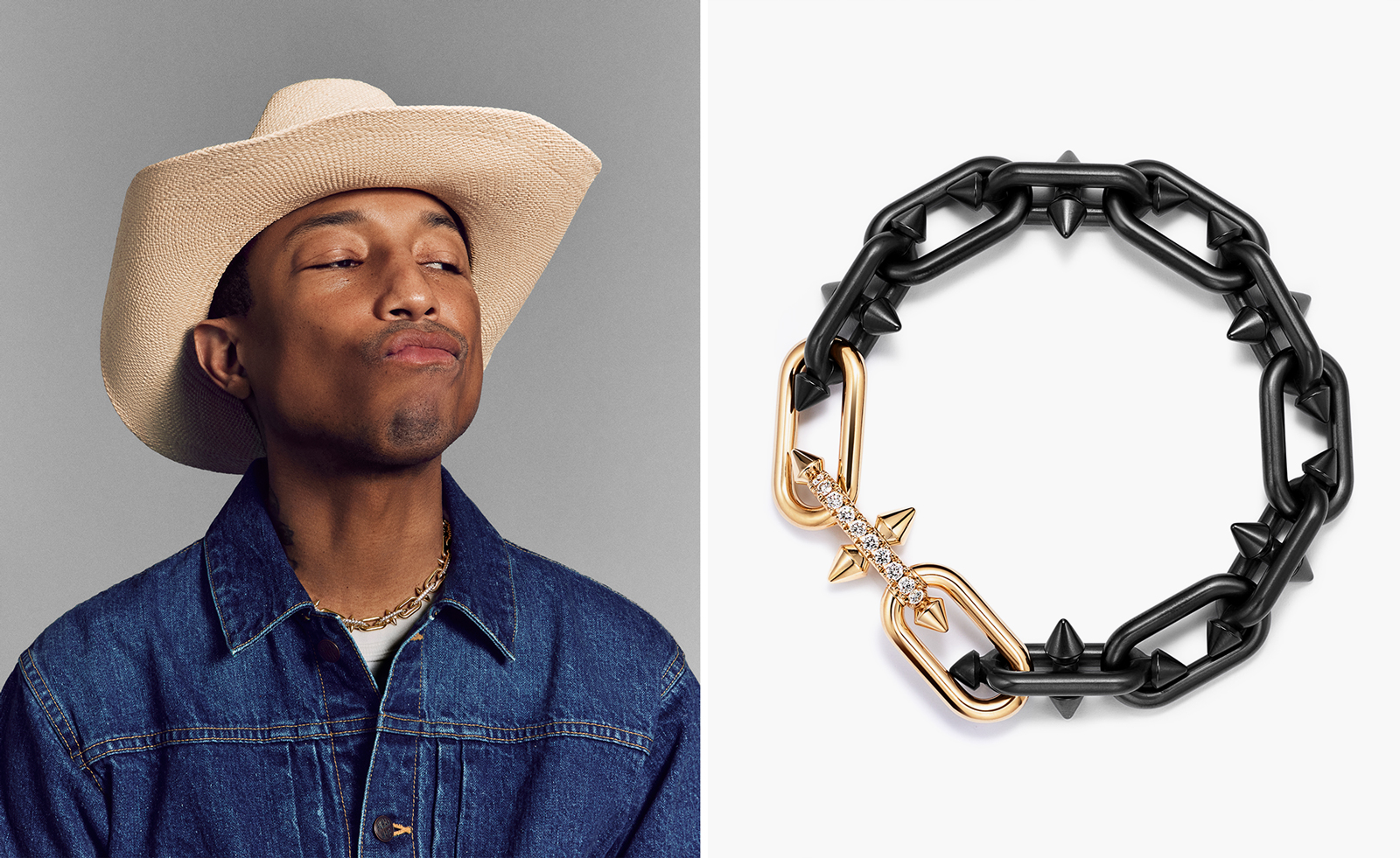 First look at Pharrell Williams and Tiffany & Co’s punkish titanium and gold jewellery
First look at Pharrell Williams and Tiffany & Co’s punkish titanium and gold jewelleryPharrell Williams and Tiffany & Co reveal first jewellery collaboration, ‘Tiffany Titan’, featuring 19 yellow gold and titanium pieces
By Hannah Silver